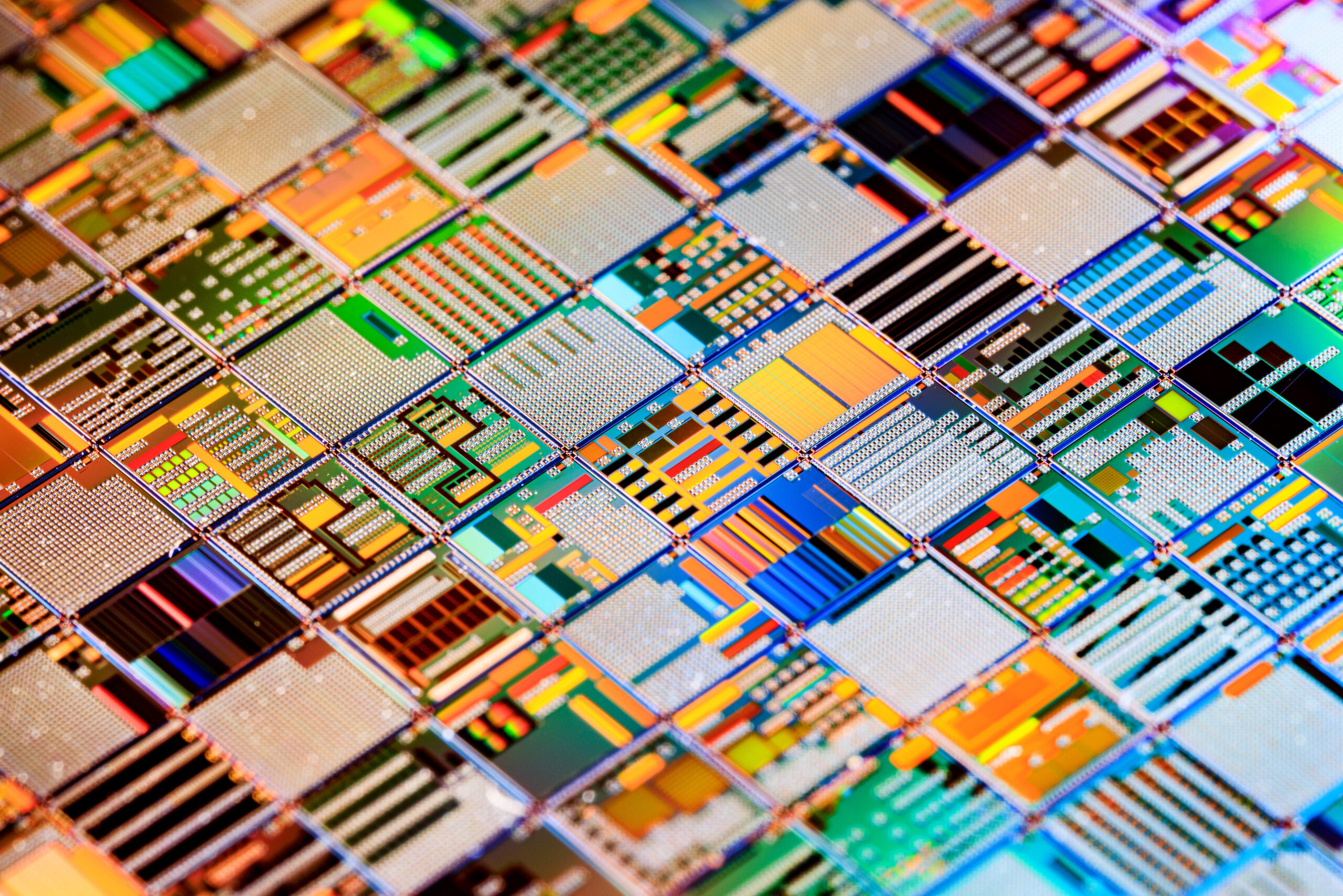In the high-stakes world of semiconductor manufacturing, staying ahead requires more than just cutting-edge technology and innovative designs. One of the most crucial yet often overlooked aspects is maintaining an up-to-date Bill of Materials (BOM). In an industry where rapid advancements, frequent mergers, and constant changes among suppliers are the norm, ensuring your bill of materials is current and accurate can make the difference between seamless production and costly delays.
In this blog post, we discuss the importance of BOM management for specific business sectors, including electronics and semiconductor manufacturing. We’ll provide strategies for cleansing your engineering bill of materials and the key elements of a BOM management plan to optimize your process, from the production line to the assembly process to the finished product.
The Importance of Proactive BOM Cleansing to Mitigate Production Risks
Imagine this scenario: a critical component in your flagship product becomes obsolete overnight due to a supplier merger. Panic spreads through your production team as they scramble to find alternatives, potentially facing production delays of the finished product, redesigns, and increased costs. This is a reality many companies face when dealing with outdated BOMs in the manufacturing process.
Obsolete parts can halt production lines, disrupt projects, and lead to significant financial losses. Therefore, having a strategy in place to manage these risks is essential to prevent production delays. This is where proactive BOM management, including bill of materials cleansing, comes into play.
Ensuring a Reliable and Accurate Bill of Materials (BOM) for Semiconductor Manufacturing
The key to maintaining production efficiency and reliability is to ensure your bill of materials is composed exclusively of complete, orderable manufacturer part numbers sourced from current suppliers. While many companies struggle with outdated components due to mergers, package changes, or inaccurate part information, a well-maintained bill of materials acts as a protective shield against these issues that are so common in the manufacturing industry.
By keeping your BOM updated with the latest manufacturer part numbers, you can quickly identify alternative sources for parts that remain unaffected by changes. This proactive approach minimizes the impact of supply disruptions and keeps your production schedule on track.
Benefits of Cleansing a Bill of Materials (BOM)
Cleansing a bill of materials to ensure every part matches with a quality parts database offers several benefits for the electronics and manufacturing production process. A scrubbed bill of materials helps manage obsolescence, avoid supply chain disruptions, understand availability of alternate sourcing, and ensure environmental compliance.
If done properly, a cleansed bill of materials with appropriate matches for all the components required also allows for advanced analysis for each component. This can yield several positive results for both product lifecycle management and the finished product:
- Improved accuracy and consistency
- Effective and efficient obsolescence management
- Enhanced supply chain management and resilience
- Cost savings
- Environmental compliance
- Insightful decision-making
- Streamlined operations
- Better supplier relationships
How to Effectively Cleanse a Bill of Materials (BOM) for Efficiency in the Manufacturing Process
Match Part Number, Component Description and Manufacturer Name
Properly cleansing a bill of materials involves a complete match of the part number, component description, and manufacturer name. Matching the manufacturer name can often be difficult as engineers may input several variations of a manufacturer’s name. This is especially true with large projects where there are a variety of engineers and teams selecting components. Given the frequency of mergers/acquisitions and rebrandings, it is sometimes confusing which is the actual manufacturer of a given part.
An engineer may also list a distributor or distributor part number on a bill of materials, not understanding the importance of having true manufacturer and part number. Or they may list a historical manufacturer instead of the acquiring manufacturer. It is important to harmonize the manufacturer’s name into a standard name given by the reference database to ensure an accurate manufacturing BOM.
Address Incomplete Part Number Information for Accurate Bill of Materials Management
It is also common to have incomplete part number information on a manufacturing bill of materials. One reason for an incomplete part number is that an engineer may leave off the packaging code from the part number. Though the engineer may not be concerned about the packaging type, this information is important to production and may actually introduce supply chain risk into the materials management process. For instance, a specific packaging code may be end-of-life or become unavailable.
Part numbers may also be input in a variety of ways that aren’t immediately compatible with a reference database, so additional effort may be required to decipher the part number into a compatible form. Examples of this include having zero instead of “O”, dashes, underscores, spaces, or a range of part numbers instead of a distinct part number.
Compare Part Information Using an Accurate Parts Database for Effective Bill of Materials Management Process
To achieve all of the benefits of part cleansing in a bill of material, however, the part information must be compared with the most extensive, up-to-date, and accurate parts database available. It is often difficult for an engineering team to internally manage a component database with the astounding number of electronic parts available. The frequency and complexity of manufacturer operations, including acquisitions and mergers, further complicates this part of the manufacturing process.
Streamline your Bill of Materials (BOM) Management with Accuris’ BOM Intelligence
Accuris’ BOM Intelligence tool is specifically designed to address the challenge of BOM management, leveraging the industry’s largest electronic components database of 1.1+ billion parts. BOM Intelligence helps to solve compliance and supply chain issues by integrating a BOM with obsolescence management, Product Change Notifications (PCNs), End-of-Life (EOL) notices, and various supply chain alerts.
Using BOM Intelligence is as easy as importing your bill of materials list, quickly identifying manufacturer names, and completing manufacturers’ orderable part numbers from a list. This tool learns and grows as you use it and automatically resolves matches made in previous sessions. BOM Intelligence is a critical component of integrated business systems for many companies in the electronics and semiconductor manufacturing industries.


